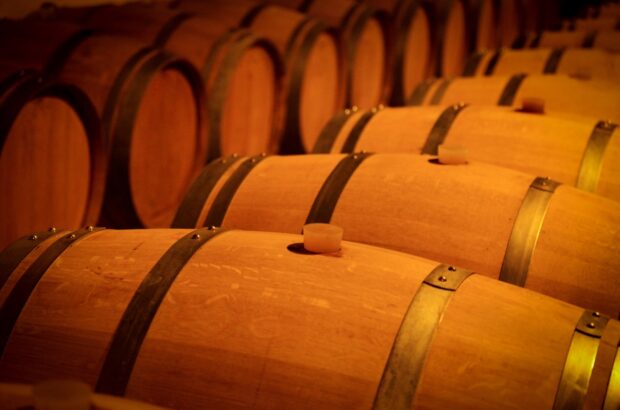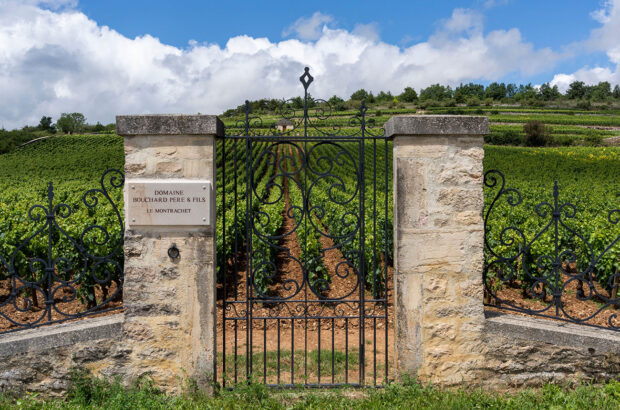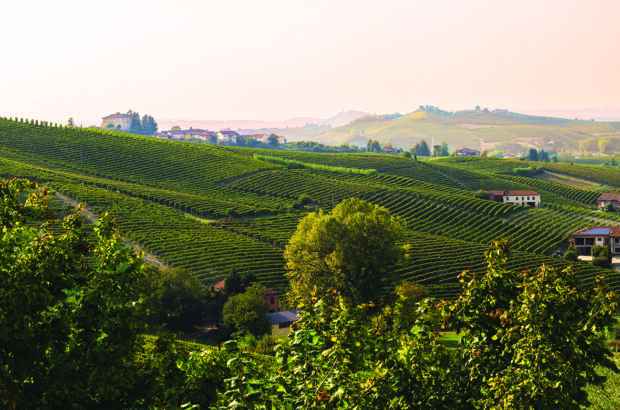Wine Legend: Lanzerac, Pinotage 1959, Stellenbosch, South Africa
Bottles produced 82,400
Composition 95% Pinotage, 5% Cinsault
A legend because…
This was the first-ever monovarietal Pinotage bottled and released in South Africa. Nowadays, Pinotage is a staple variety in many parts of the country, even though it is not universally loved. This wine was produced by the huge cooperative Stellenbosch Farmers’ Winery (SFW) and was not released until 1961. In the late 1950s, SFW had purchased the trademark of Lanzerac, an estate founded in 1692, and decided to use that label for its pioneering Pinotage. It went on to win the trophy at the Cape Young Wine Show in 1959.
Looking back
It was the inspiration of Professor Abraham Perold of Stellenbosch University in 1924 to cross Pinot Noir with the more widely planted Cinsault, resulting in a hardy variety that could give wines of deep colour and good structure. Perold was obliged to leave his house soon after, and seedlings planted close by were neglected. Indeed, just one survived, and all Pinotage wines thereafter are its descendants. It wasn’t until 1941 that there was sufficient Pinotage in the ground to fill a barrel. This wine was made by CT de Waal of Stellenbosch University; Perold himself never tasted it, as he died that same year. A decade went by before Pinotage was first planted on an experimental basis in 1951. Soon the variety was performing well at local wine shows. The SFW took notice and decided to produce the wine under its Lanzerac label. It didn’t own the property but had been entrusted with managing it. Today, Pinotage occupies more than 7% of South African wine-grape plantings.
The vintage
It has proved difficult to find any information on the vintage. The wine’s longevity suggests it was of good quality.
The terroir
This wine was a blend from two Stellenbosch vineyards: Bellevue Estate, owned by Pieter Morkel, with vines planted in 1953; and Kanonkop, planted by Paul Sauer. The latter would go on to produce the best known of all South African Pinotages, but at this time it was a blending component, as plantings were limited in the 1950s.
The wine
Pinotage is notorious for an acetone aroma and flavour that is hailed as the variety’s footprint, or detested as an unwelcome intrusion of nail-varnish aromas into a sturdy red wine. A by-product of fermentation, its presence can be moderated by fermenting at cooler temperatures. It hasn’t proved possible to unearth details about how this wine was made, but it’s known that the 1961, the second release of Lanzerac Pinotage, was fermented in concrete and aged in 50-hectolitre vats. The bottled wine may have followed common practice at the time as a blend of different vintages, despite the label’s vintage indication.
The reaction
Greg Sherwood MW tasted the wine in 2018: ‘The wine carries a now-legendary status and does not disappoint in the glass… Fantastically fine, complex nose of sweet leafy savoury bramble berry fruits, sweet tobacco leaf, black chai tea, dried herbs, earthy wood spice and notes of macerated cherries. All the wonderful tertiary complexity of a very classy, expressive red wine that retains an impressive harmony and poise, textural elegance with pinpoint vibrant acidity, freshness and an all-round air of elder statesman confidence. You know you are in the presence of greatness when you taste this old beauty.’
Jamie Goode reported on the same tasting: ‘Very fine and expressive with a hint of green and some notes of tobacco and tea, together with vibrant berry and cherry fruit. Harmonious and expressive with maturity but also freshness. This has aged so nicely with amazing purity considering its vintage. Subtle earthy notes, too. A really beautiful wine.’
In 2019, DWWA Regional Chair for South Africa Fiona McDonald was fortunate enough to taste one of the two remaining half-bottles from the Lanzerac cellars: ‘The wine was evolved and tertiary with toasty coffee bean, a touch of leather and macerated red- and black-cherry fruit. It was drinking well, showing distinct signs of life in its relative freshness and succulence.’












